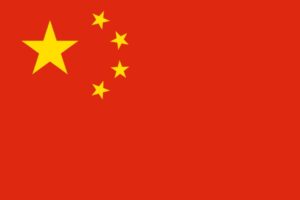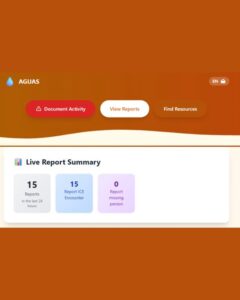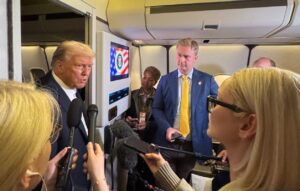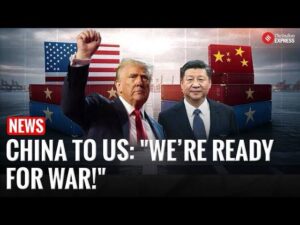DETROIT — July 30, 2025 — Ford Motor Co. revealed on Wednesday that its second-quarter earnings were reduced by $800 million due to ongoing tariffs, but the company remains in a comparatively stronger position than some of its U.S. auto rivals. The reason: Ford’s deep domestic manufacturing footprint, which has helped shield it from the full brunt of global trade headwinds.

The announcement, made during Ford’s Q2 earnings report, underscores the continued strain that international tariffs—particularly those tied to parts and materials from China and the European Union—are placing on U.S. automakers. Despite the cost, Ford posted better-than-expected earnings, demonstrating that its North American manufacturing strategy is paying dividends amid international turbulence.
📉 The Tariff Breakdown
Ford’s $800 million tariff hit stems primarily from:
Steel and aluminum import duties, which remain elevated in 2025 under ongoing trade tensions Component and electronic part tariffs affecting imports from China Higher logistics costs tied to retaliatory trade measures from key international markets
Yet compared to competitors with heavier reliance on overseas production or supply chains, Ford’s North American emphasis—particularly on truck and SUV production—has insulated it from steeper financial losses.
🏭 Domestic Production Paying Off
Analysts have long noted that Ford’s decision to keep the bulk of its vehicle assembly and engine manufacturing within the U.S. has given the company a strategic edge in uncertain trade environments. According to company officials:
“We’ve made long-term investments in American manufacturing that are proving resilient. Our U.S. plants are running strong, and that’s allowing us to weather global pressures better than some of our peers.” — Ford CFO John Lawler
Currently, more than 75% of Ford’s North American vehicle sales are assembled in the U.S., a ratio that has improved steadily over the past five years.
💰 Earnings Snapshot
Q2 2025 Net Income: $1.6 billion Revenue: $43.2 billion (up 5.4% YoY) Adjusted EBIT Margin: 6.8% Tariff Impact: -$800 million to quarterly profit
Despite the tariff drag, Ford posted a solid quarter, buoyed by strong F-Series truck sales, continued growth in EV and hybrid segments, and increased margins on its commercial vehicle line.
📦 Broader Industry Context
Tariff-related costs have loomed large over the U.S. auto sector throughout 2024 and 2025, especially with the recent escalation in trade tensions with China. Key rivals such as General Motors and Stellantis have reported larger tariff-related losses, in part due to greater dependency on imported parts and offshore production networks.
By contrast, Ford’s blend of domestic assembly and vertical integration has allowed it to:
Avoid major price hikes on high-volume vehicles Reduce exposure to foreign currency volatility Maintain supply chain continuity during overseas disruptions
🔍 Outlook for 2025 and Beyond
While Ford expects tariff pressures to persist through the remainder of the year, company leadership is confident in their ability to manage costs while continuing strategic investments in electrification, AI-driven logistics, and American manufacturing expansion.
“The tariff environment remains volatile, but we’re building for long-term competitiveness,” CEO Jim Farley said. “That means smarter sourcing, domestic resilience, and accelerating where we’re strong—like trucks, EVs, and the U.S. market.”
🛠 Bottom Line
Ford’s $800 million Q2 tariff hit is significant—but compared to rivals, it’s a testament to a resilient domestic-first strategy. With strong fundamentals and a sharpened focus on future-proofing its supply chain, Ford continues to position itself as one of the more adaptable players in today’s shifting global auto economy.
Need a breakdown of Ford’s EV investments, supply chain sourcing, or full Q2 report highlights? I can dive deeper.






















































